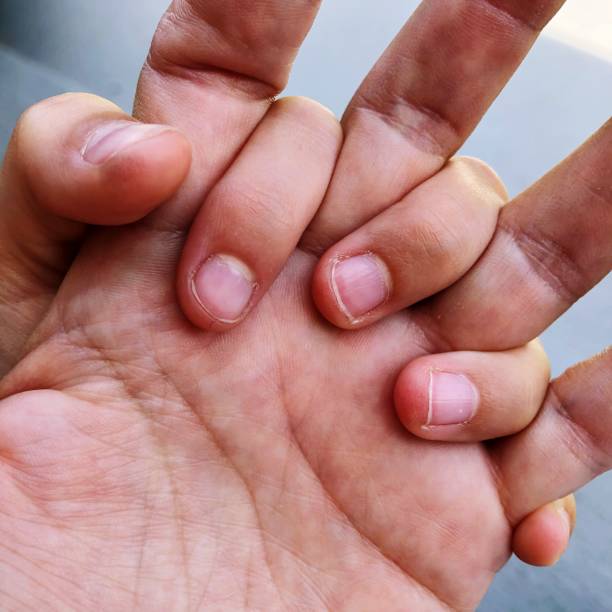Damaged Cuticles can significantly impact nail health. This guide delves into the importance of cuticle care, highlighting how to maintain them and avoid common causes of damage. Understanding cuticle function and risks is crucial for their proper upkeep and overall nail health.
Overview of the Importance of Cuticle Health
Cuticles serve as a natural barrier, protecting our nails from infections and aiding in their growth. Neglecting them can lead to various nail problems, ranging from aesthetic issues to more severe health concerns. Healthy cuticles not only contribute to the strength and growth of nails but also enhance their appearance, giving them a neat and polished look.
Brief Explanation of What Cuticles Are
Cuticles are the thin layers of skin located at the base of each nail. They are crucial for nail health, acting as a protective cover for the nail bed. The primary role of cuticles is to shield the new nails from bacteria and fungi as they grow from the nail root.
Overview of Common Causes of Cuticle Damage
Several factors contribute to cuticle damage. These include environmental stressors, improper nail care, and certain lifestyle habits. Understanding these causes is essential in developing effective prevention and treatment strategies.
Anatomy of Cuticles
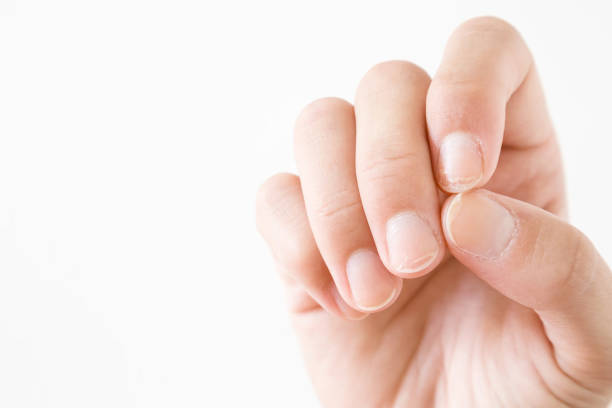
What Are Cuticles?
Description and Function of Cuticles
Cuticles are more than just skin at the nail’s base; they play a vital role in nail health. These small yet significant parts of our body work tirelessly to prevent pathogens from entering the nail bed, thereby preventing infections. They also support the nails as they grow, ensuring that they do so in a healthy and straight manner.
Role of Cuticles in Nail Health and Aesthetics
Aesthetically, cuticles contribute to the neat appearance of nails. Health-wise, they are indispensable in maintaining the integrity and health of the nail. Healthy cuticles mean healthier nails, which are less prone to breakage and infection.
Common Misconceptions About Cuticles
Debunking Myths
A common myth is that cuticles should always be cut or trimmed. However, this practice can be harmful. Cuticles are there for protection, and removing them can expose the nail bed to bacteria and increase the risk of infection.
The Truth About Cuticle Care
Cuticles should be kept nourished and gently pushed back rather than cut. Regular moisturizing and gentle handling are crucial to maintaining their health.
Causes of Cuticle Damage
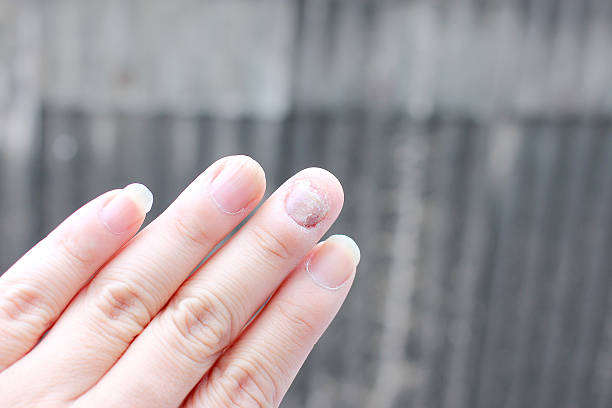
External Factors
Exposure to Harsh Chemicals
Chemicals in cleaning products and nail treatments harm cuticles, causing dryness, peeling, and cracking.
Environmental Effects (Cold Weather, etc.)
Environmental factors like cold weather, wind, and dry air can sap moisture from cuticles, leading to dryness and damage. This makes the nails more susceptible to breaking and other forms of damage.
Physical Trauma (Nail-Biting, Picking)
Habits such as nail-biting or cuticle picking damage the cuticles and create entry points for infections. These practices should be avoided to maintain cuticle and nail health.
Lifestyle and Health Influences
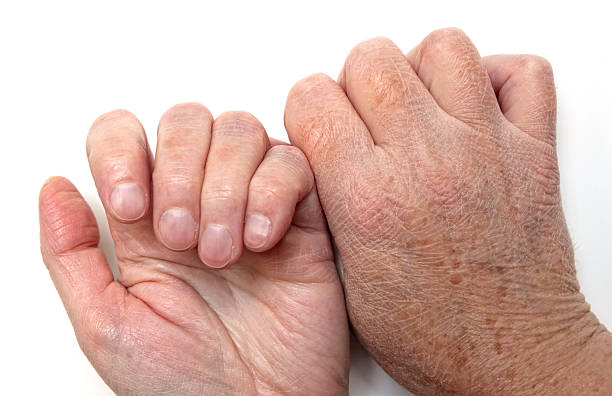
Nutritional Deficiencies
Just like the rest of the body, nails, and cuticles require certain nutrients to maintain their health. Deficiencies in vitamins and minerals, particularly biotin, iron, and vitamin E, can lead to weakened nails and damaged cuticles.
Impact of Dehydration
Dehydration affects the body’s ability to maintain healthy skin, including cuticles. Adequate hydration is vital for maintaining the suppleness and health of cuticles.
Certain Medications and Health Conditions
Certain meds and health conditions can affect nails and cuticles by altering nutrient absorption.
Identifying Damaged Cuticles
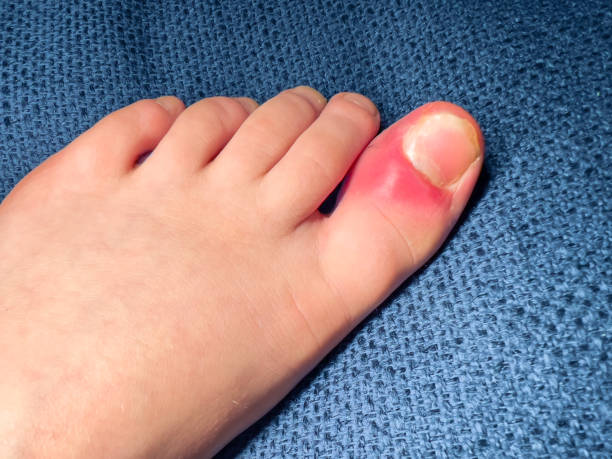
Signs of Unhealthy Cuticles
Physical Indicators (Redness, Peeling, etc.)
Signs of unhealthy cuticles include redness, peeling, dryness, and hangnails. These symptoms indicate a need for immediate care and attention.
Symptoms of Infection
Infection symptoms may include swelling, pain, redness, and pus around the nail bed. If you notice these signs, it’s essential to seek medical advice.
Long-Term Effects of Neglect
Risk of Nail Infections
Neglecting cuticle health increases risk of nail infections, causing damage.
Impact on Nail Growth and Health
Long-term neglect can also affect the growth and strength of nails, leading to brittle, weak nails that are prone to splitting and breaking.
Strategies to Prevent Damaged Cuticles
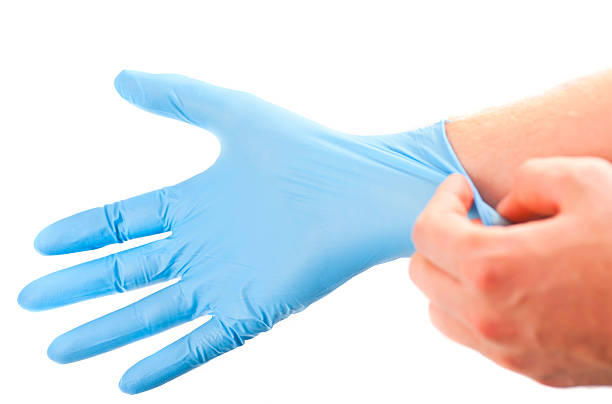
Daily Care Routines
Hydration and Moisturizing Techniques
Regular moisturizing is critical to maintaining healthy cuticles. Using oils, such as almond or jojoba oil, and cuticle creams can keep them hydrated and prevent cracking and peeling.
Protective Measures (Gloves, Avoiding Harsh Chemicals)
When using cleaning products or other chemicals, wear gloves to protect your cuticles and nails. This simple step can prevent a lot of potential damage.
Dietary and Lifestyle Changes
Nutrients Essential for Nail Health
Incorporating foods rich in biotin, omega-3 fatty acids, protein, and vitamins can significantly improve the health of your nails and cuticles.
Habits That Promote Cuticle Health
Developing habits like regular moisturizing, gentle handling of the cuticles, and avoiding biting or picking can significantly enhance cuticle health.
Treatment and Recovery of Damaged Cuticles

Home Remedies and Natural Solutions
DIY Treatments (Oil Soaks, Natural Moisturizers)
One of the most effective ways to treat damaged cuticles is through regular oil soaks. Natural oils such as olive, coconut, or jojoba oil can deeply moisturize the cuticles. Simply soaking your fingertips in warm oil for 10-15 minutes can significantly improve your condition. Additionally, applying natural moisturizers like shea butter before bed helps in overnight healing.
Benefits of Natural Ingredients (Aloe Vera, Vitamin E)
Aloe Vera, known for its soothing properties, can be applied directly to the cuticles to reduce inflammation and promote healing. Vitamin E, either in oil form or from capsules, is another excellent ingredient for cuticle care. This product aids in the repair of damaged skin and improves the strength of nails..
Professional Care and Products for Damaged Cuticles
When to See a Dermatologist
If you notice signs of infection or if home remedies do not improve your cuticles, it is essential to consult a dermatologist who can provide specialized treatments and advice specific to your condition.
Overview of Salon Treatments and Specialized Products
Professional salon treatments like paraffin wax dips and professional-grade cuticle oils can provide intensive care. Salons also offer specialized products that are specifically formulated for cuticle repair and maintenance.
Maintenance and Long-Term Care

Developing a Sustainable Care Routine
Building a Daily and Weekly Care Regimen
Incorporate cuticle care into your daily routine. This can include applying cuticle oil each night and using a nourishing hand cream throughout the day. Weekly, consider dedicating time to a more intensive treatment like an oil soak or a gentle exfoliation to remove dead skin.
Tips for Maintaining Healthy Cuticles Year-Round
To maintain healthy cuticles all year, it’s essential to adapt your care routine to the seasons. In winter, focus on intensive moisturizing to combat dryness, while in summer, ensure you’re protecting your hands from excessive sun exposure.
Common Pitfalls to Avoid
Over-trimming or Cutting Cuticles
Resist the urge to cut your cuticles. This can open the door to infections. Instead, gently push them back when they are soft after a warm shower or bath.
Exposure to Damaging Elements
Avoid exposing your hands to harsh chemicals without protection. When doing household chores, wearing gloves can prevent potential damage to your cuticles.
Final Thoughts: The Journey to Healthy Cuticles
In conclusion, the journey to maintaining healthy cuticles is ongoing and requires consistent care. From understanding the basics to implementing daily routines and seeking professional advice when needed, each step plays a crucial role. Prioritize your cuticle health; it’s a small but significant part of your overall well-being.
FAQ About Damaged Cuticles
1- Can diet affect cuticle health?
A well-balanced diet rich in vitamins and minerals is crucial for maintaining healthy cuticles.
2- How often should I moisturize my cuticles?
Daily moisturizing is ideal, especially after hand washing or exposure to water.
3- Is it safe to push back cuticles?
Gently pushing back cuticles after softening them is safe and beneficial for nail health.
4- Can I repair severely damaged cuticles?
Yes, with consistent care and possibly professional help, severely damaged cuticles can be repaired.
5- What are the signs of a cuticle infection?
Redness, swelling, pain, and sometimes pus are indicators of an infection.
6- Are there any specific vitamins for cuticle health?
Vitamins E, A, and Biotin are particularly beneficial for cuticles and nails.
7- How can I protect my cuticles in winter?
Use intensive moisturizers and wear gloves in cold weather to protect your cuticles.
8- What should I avoid in cuticle care products?
Avoid products with harsh chemicals like formaldehyde and toluene.
9- Can men follow the same cuticle care routine?
Cuticle care is absolutely important for everyone, regardless of gender.
10- How do I know if I need to see a specialist for my cuticles?
If you experience persistent problems or signs of infection, consult a dermatologist or a nail specialist.
Read also.. Understanding Your Skin Type: A Comprehensive Guide

